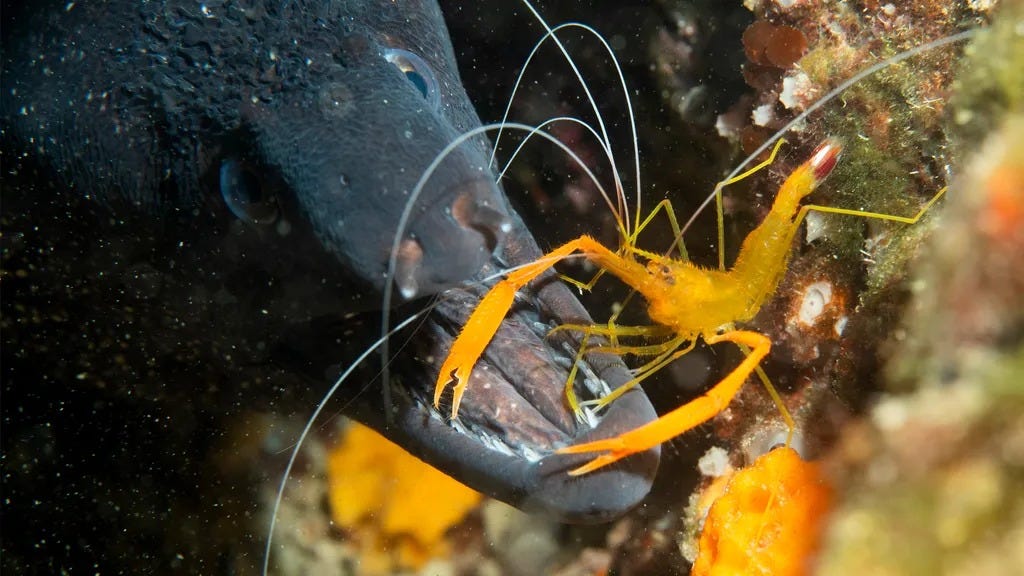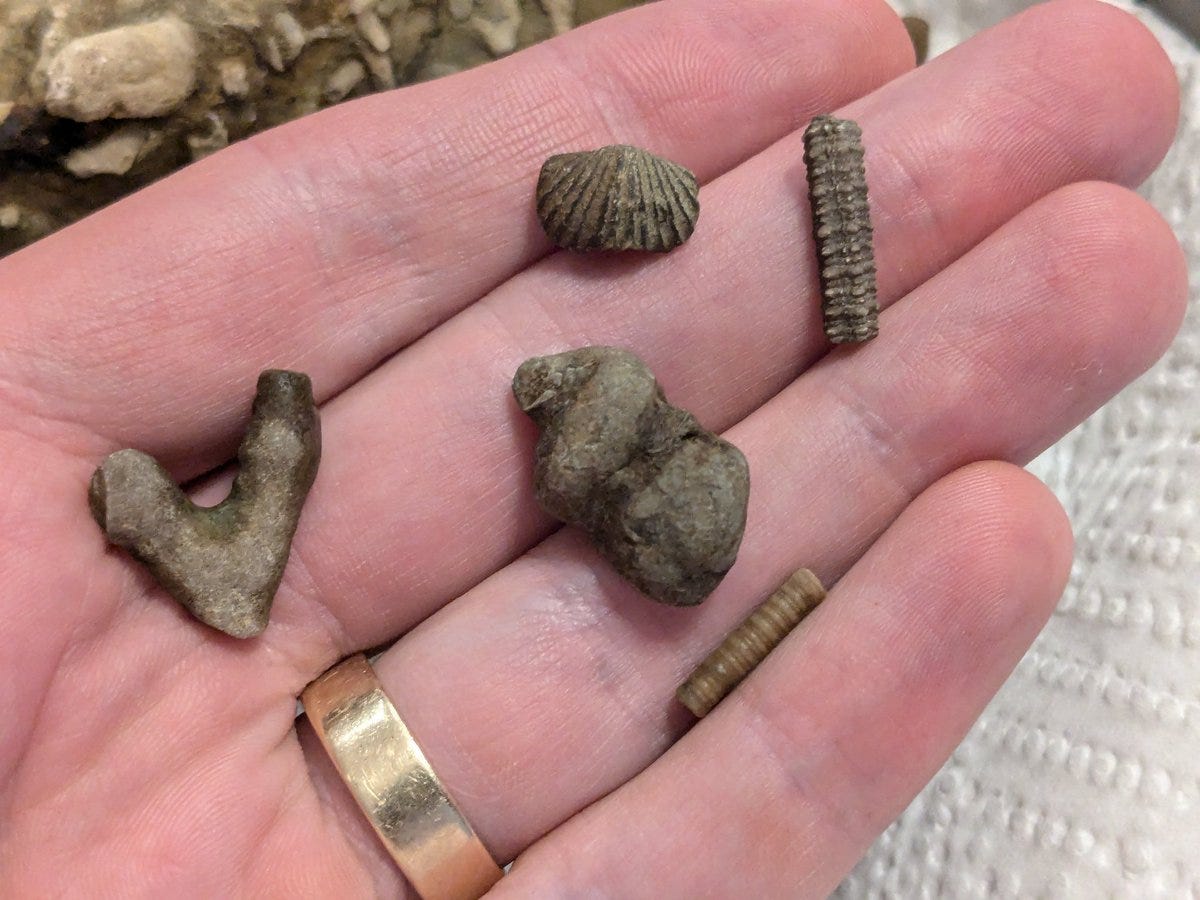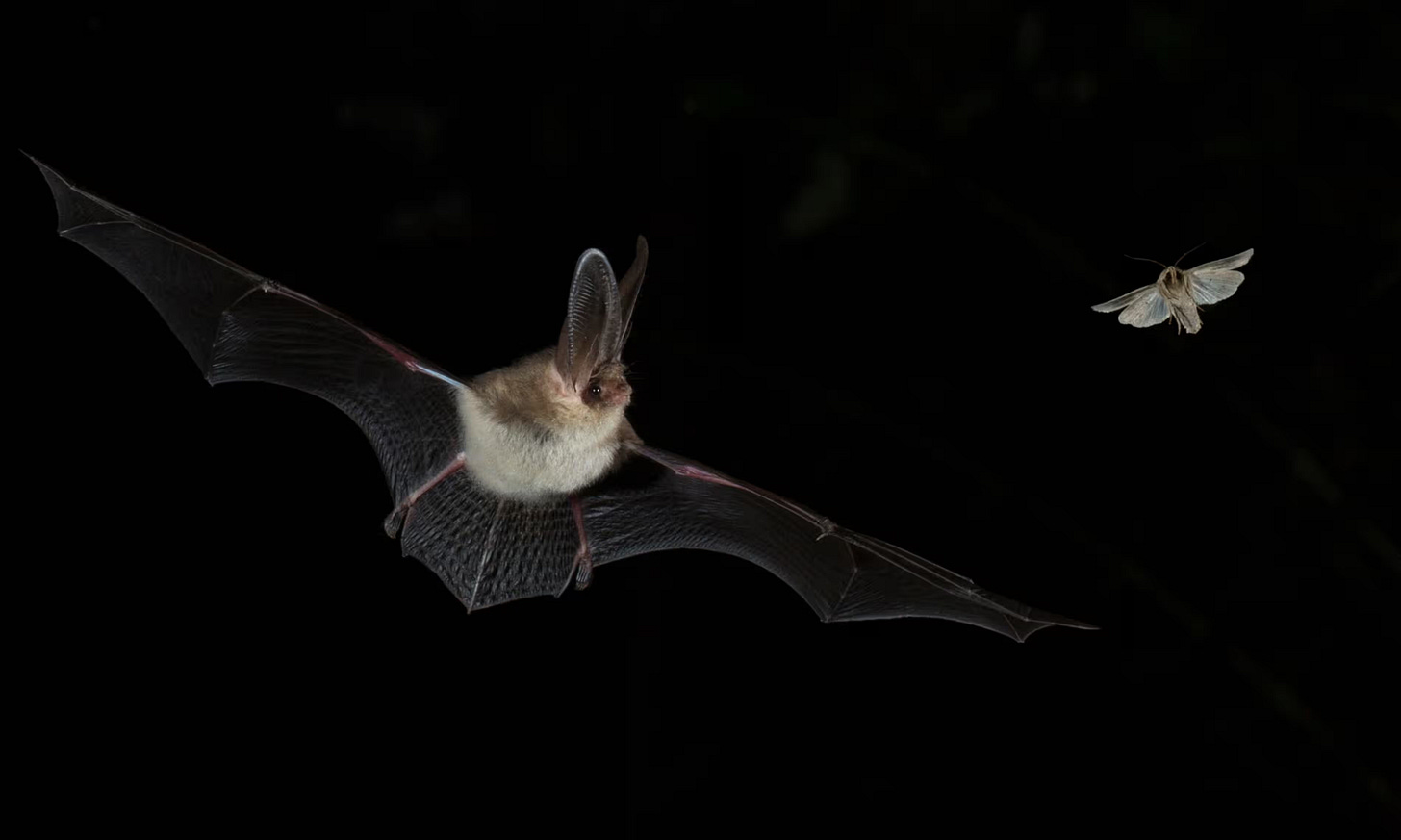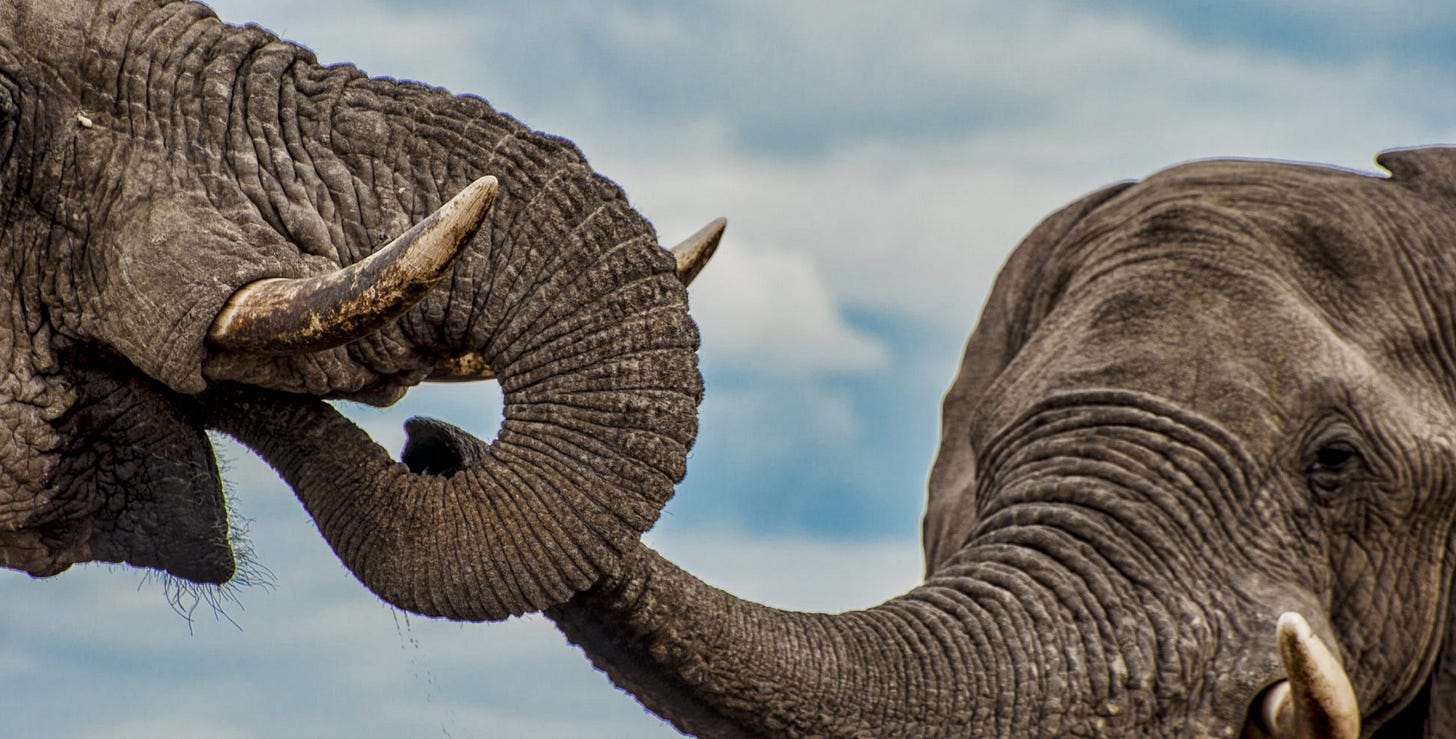by Richard Conniff
The idea of delivering mosquitoes by drone to prevent a mosquito-borne disease might seem to defy logic. But we live in strange times. The laboratory-bred mosquitoes in this case are from the species Aedes aegypti, which is notorious for transmitting deadly diseases including dengue fever, Zika, yellow fever, and chikungunya.
The wetter, warmer conditions produced by climate change have allowed this species to expand its range. That means more than half the world’s population is now living in areas vulnerable to dengue, affecting 100 countries, most of them them in Asia, Africa, and the Americas. The disease now afflicts 390 million people a year and kills 10,000.
To control the threat, researchers can breed Aedes aegypti in the laboratory and infect them with Wolbachia bacteria, which are largely harmless to the mosquitoes. Field workers then introduce the infected mosquitoes into the wild to mate with uninfected Aedes aegypti, resulting in nonviable eggs. But getting the mosquitoes into the wild by having workers release them at ground level is slow and ineffective at covering large areas. Maintaining infertility also requires repeated applications, at some risk to field staff.
In a study published this week in the journal Science Robotics, researchers describe a two-part solution. Instead of aiming only for infertility, Ya-Hsun Lin and her co-authors employ a more nuanced Wolbachia strain. On release into the wild, infected males cause infertility as usual when they mate with uninfected females. The infected females, on the other hand, produce viable eggs. But all offspring carry a Wolbachia strain that blocks their ability to transmit dengue fever.
In previous studies, the World Mosquito Program has introduced mosquitoes infected with that strain in 14 countries, demonstrating that the Wolbachia can persist in a mosquito population for more than 10 years. The result, in one trial, was a 77% reduction in human dengue cases and an 86% reduction in dengue hospitalizations.
The researchers also devised a method to overcome the drawbacks of ground-based release. They put 40,000 infected mosquitoes in each of four cylinders. The loaded cylinders then went into a metal box, suspended from a small quadcopter drone with an onboard computer. The drone then released doses of 150 mosquitoes at a time at predetermined sites to achieve even coverage of a two-square kilometer test area. Residents of the nearby town of Nausori, Fiji, gave permission for the study. The ambition is to build public trust and ultimately expand the automated method over thousands of kilometers worldwide, to keep tens of thousands of people out of the hospital.
MORAY EEL VISITS THE DENTIST

I’m always intrigued by cleaning behavior in the natural world—for instance, when banded mongooses in Uganda climb aboard to pick parasites off warthogs (see the BBC video), or when oxpeckers do the same thing for giraffes and other animals prone to ticks. There’s always an implied element of risk. Those warthogs, for instance, could roll over onto a mongoose. There’s also a lot of scientific debate about the fine line between mutualism, with both sides benefiting more or less equally, and one-sided exploitation, or even predation: Those oxpeckers don’t just crave their host’s blood in the engorged ticks they eat; they also sometimes enlarge wounds in the host’s skin to feed on its blood directly.
The photo out this week from Washington, DC-based photographer Serkan Gürbüz shows a shrimp-like crustacean, Stenopus spinosus, acting as a dental hygienist for a moray eel. Note the eel’s patiently opened mouth, with its wickedly sharp, raked-back teeth, and the courageous cleaner’s delicate ministrations: Now just open a little wider and turn your head toward me.
THE CREATION MUSEUM’S SOLID FOUNDATION
My favorite factoid about brachiopods at the moment comes from a recent post on Twitter by Ryan Moultano: '‘One of the great ironies of the Creation Museum [located in Petersburg, KY] is that it's built directly on top of one of the richest beds of 450 million year old fossils in the world. Literally every rock in the ground is majority made of fossil.”
It must be terribly disturbing for the anti-science crowd—a dose of “Don’t Look Down” to go with the climate change-denying “Don’t Look Up.” Many, if not most, of the museum’s literally foundational fossils are brachiopods, shellfish resembling clams but of an entirely different taxonomic phylum. So in acknowledgement of the anti-evolutionists, and also taking account of a new study in the journal Nature Ecology & Evolution, let’s talk about brachiopods.
“In the Palaeozoic, from 540 to 250 million years ago, brachiopods ruled the seabed,” says Zhen Guo of the China University of Geosciences, lead author of the new study. “Brachiopods are sometimes called lamp shells, and they generally sit on the sea floor, filtering tiny food particles from seawater. Most of them are quite small-–you could hold twenty of them in your hands; but others were big and thick-shelled and lived a long time. Their shells were anything from circular to widely stretched and they had either smooth shells or carried deep ridges and troughs.”
Petersburg, Kentucky, may not seem terribly oceanic, but for much of Kentucky’s early geological development it was located south of the Equator and submerged beneath a shallow tropical sea. Brachiopods thrived there until the End Permian Extinction 252 million years ago, which wiped out so many species in every habitat that it’s now also known as “The Great Dying.” In the post-extinction period, according to the new study, the relatively few brachiopod species to survive extinction did so by innovating and trying out new modes of living—that is, by evolving. About 394 brachiopod species survive and play a relatively marginal role in modern oceans. But the hard-shelled evidence of their ancient dominance survives, particularly in Kentucky, which honors them as the state fossil.
INSECT DECLINE MEANS STARVING BATS IN BRITAIN
In the United Kingdom, record-breaking rains have caused a “wash-out summer,” apparently leading to a decline in butterfly, moth, and other insect populations. Dan Hoare, of the nonprofit Butterfly Conservation, attributed the decline not just to the usual culprits—habitat loss, increasing light pollution, and pesticide use—but to “the wet spring and now the colder than normal temperatures. Butterflies and moths need some warmth and dry conditions to be able to fly around and mate—if the weather doesn’t allow them to do this, there will be fewer opportunities to breed.”
One knock-on effect, reported in The Guardian, is an increase in reports “of ‘starving’ or ‘underweight’ bats, often juveniles, who need to be rescued and cared for by volunteers.” At one rescue group, individual caretakers are looking after as many as 20 bats, mostly juveniles said to be “incredibly underweight. They’re all starving.”
Conservationists note that fewer insects reproducing this summer will mean still fewer insects in the air next summer. “It’s a downward spiral,” said one.
A KINDER EAR FOR MALE ELEPHANT SOCIAL BONDS?
Much of the research on African elephant vocalizations has focused on female social groups, because these groups tend to be persistent, cohesive, and with a single dominant matriarch calling the shots. By contrast, males come off as somewhat shambolic loners, who leave their natal group on reaching maturity for a life of feckless wandering. They show up around female social groups mainly during periodic episodes of heightened reproductive behavior and aggression called musth. If “shambolic” seems like too strong a word, bear in mind that at musth they are often literally dragging their penises on the ground (and in some circumstances, their penises can be green).
But a new study in the journal PeerJ suggests the males may have deeper bonds with one another than previously thought. Researchers working at Mushara waterhole in Namibia’s Etosha National Park report that male elephants in groups of “closely associated, highly bonded individuals” use a special infrasonic rumble to coordinate their movements. The researchers call the first signal they identified the “let’s go” rumble. As in so many human groups, when an influential male elephant gets tired of hanging around the old watering hole, he says, in effect, “fellas, let’s roll.”
And they do.
##
That’s it for this week. I’m posting early before heading out of town. We’ve still got some good summer weather left here in the States, so get outside when you can and make the most of it.








